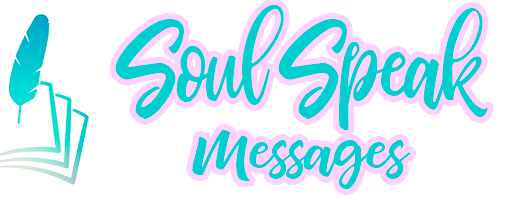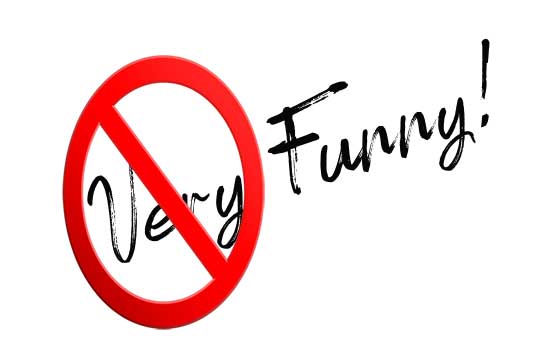Communicate Better
Transform Your Conversations: Replace ‘Very’ with Words That Matter
Have you ever caught yourself saying something was “very good” or “very bad”? I bet you have. We all have.
It’s like our go-to spice in the cabinet of conversation – easy to find but not always the best choice.
But what if I told you that by swapping out this all-too-common word, you could transform your conversations from monochrome to vibrant technicolor?
Let’s explore how choosing more precise and vivid language can elevate our daily exchanges.
The “Very” Conundrum
“Very” is a crutch.
It’s the word we lean on when we’re too rushed, too lazy, or perhaps just too comfortable to search for something more specific.
But here’s the catch: it dilutes our messages.
When everything is “very” something, nothing stands out. It’s like shouting in a room where everyone is shouting. Everything blends into a noisy blur.
Painting with Words
Imagine your words as a palette of paint.
Each word has its own hue, depth, and emotion.
Now, think of “very” as a faded, overused brush that blurs the vivid colors of your palette. By discarding this brush and choosing words with precision, you paint a clearer, more evocative picture for your listener.
The Swap List: Examples to Transform Your Conversations
Ready to transform your conversations? Here’s a cheat sheet to get you started:
- Instead of “very tired,” say “exhausted.”
- Swap “very happy” for “ecstatic.”
- Instead of “very big,” try “massive.”
- Use “freezing” instead of “very cold.”
- Replace “very hungry” with “starving.”
- Instead of “very important,” say “crucial.”
- Use “terrified” to convey “very afraid.”
Each swap not only eliminates the need for “very” but also gives your sentence more impact and emotion.
It’s the difference between saying, “I’m very sad” and “I’m devastated.” Feel the weight of the latter? That’s the power of precise language.
Putting It into Practice
Now, the real challenge begins: integrating this into your everyday conversations.
Start small. Listen to yourself and note how often you rely on “very.”
When you catch yourself, pause for a split second to consider a more vivid alternative. This practice can feel a bit awkward at first, like learning to dance, but soon it becomes second nature.
Beyond “Very”: A World of Words
Embracing this change isn’t just about avoiding “very”; it’s about enriching your language and, by extension, your thoughts and connections.
When you choose your words with intention, you’re not just speaking; you’re painting, composing, and creating.
Your conversations become more engaging, your storytelling more vivid, and your connections deeper.
Tell Me
I’d love to hear how changing just one word transforms your conversations.
Have you noticed a difference in how people respond? Did it feel strange at first to search for the right word?
Share your experiences and let’s continue to refine the art of conversation together.
Remember, every word is an opportunity to express not just a meaning, but an emotion, a vision, and a connection. Let’s make each one count.

